An astonishing discovery has been made off the coast of Portugal’s Azores archipelago in the North Atlantic – a colossal sunfish, believed to be the heaviest bony fish on record, weighing an astounding 2,744 kg (6049.49 lb).
The accompanying photograph showcases a closely-related species, the ocean sunfish known as Mola mola.
Last December, the mammoth fish’s immense body was spotted adrift near Faial Island, prompting a swift response from the renowned Atlantic Naturalist organization. The remarkable findings surrounding its detection have recently been documented in the esteemed Journal of Fish Biology. (source)
Subsequently, the gigantic sunfish was transported ashore and subjected to meticulous measurement and weighing procedures, facilitated by a forklift and a crane scale. Additionally, scientific researchers thoroughly examined its stomach contents and DNA, unearthing invaluable insights into this extraordinary species.
Notably, this fish surpasses the weight of the previous record-holder among bony fish, another giant sunfish captured off the Japanese coast in 1996, by a staggering 444 kg / 978.85 lb.
It is important to note that bony fish constitute the majority of fish species, alongside cartilaginous fish, which will be elaborated upon later in this article.
To witness the captivating details of this remarkable discovery, please refer to the enlightening video below.
What is a Giant Sunfish?
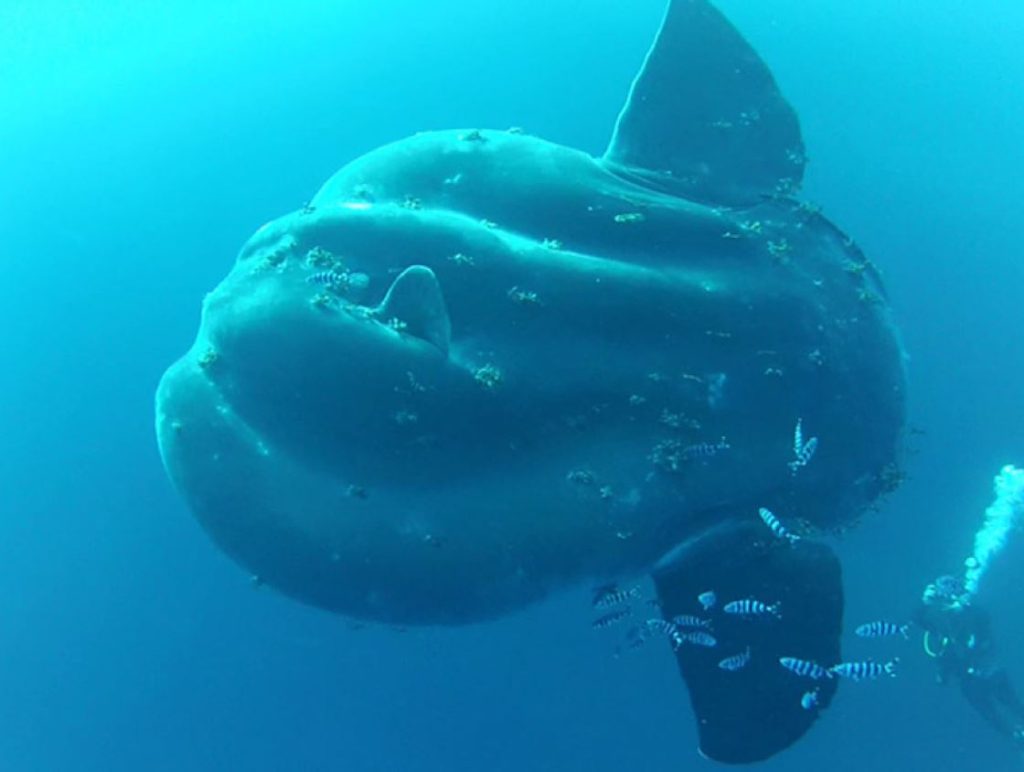
The Giant Sunfish, scientifically known as Mola alexandrini, is a remarkable marine creature that goes by various names, such as Bumphead Sunfish, Ramsay’s Sunfish, Southern Sunfish, and Southern Ocean Sunfish.
In 2018, scientists distinguished this species as a separate entity from the more commonly known Ocean Sunfish (Mola mola).
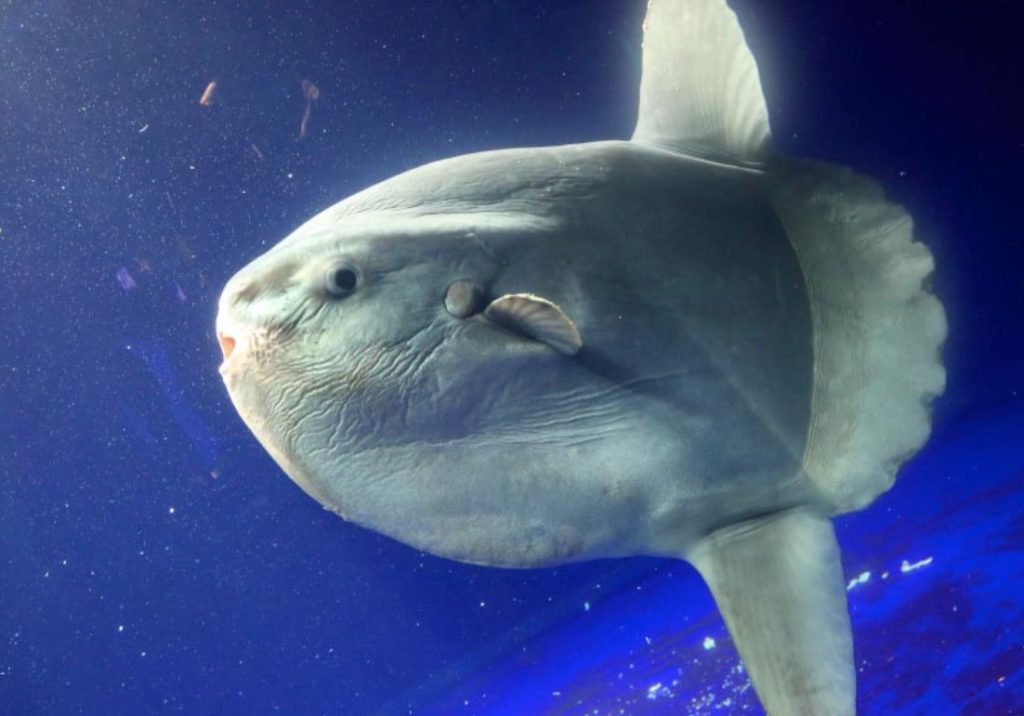
Recognized as the largest bony fish in the ocean, the Giant Sunfish outweighs its counterpart, the Ocean Sunfish, by twice the amount. Since their distinction, the Ocean Sunfish is now regarded as the second heaviest bony fish species.
Among the sunfish family, Molidae, the Giant Sunfish, Ocean Sunfish, and three smaller species—the Hoodwinker Sunfish, Sharptail Mola, and Slender Sunfish—are the sole living members.
Sunfish possess distinct features, such as a flat and circular body shape, accompanied by sizable dorsal and anal fins located at the posterior end.
Unlike conventional fish, sunfish lack tails but propel themselves through water at surprisingly swift speeds utilizing their large, fin-like structures that act as rudders.
Observation of Giant and Ocean Sunfish primarily occurs when they bask near the water’s surface, lying on their sides to warm their bodies and replenish oxygen levels after diving.
In proportion to their substantial bodies, sunfish possess relatively small mouths. These mouths contain a fused set of four teeth that resemble a parrot’s beak.
Sunfish sustain themselves by consuming a diet consisting of jellyfish, starfish, small fish, algae, and plankton.
Distinguishing features of the Giant Sunfish include head and chin bumps, as well as rectangular scales, setting it apart from the Ocean Sunfish.
Remarkably, these colossal ocean creatures begin their lives as minuscule larvae measuring a mere 5mm.
In 2020, researchers in Australia and New Zealand achieved a groundbreaking feat by genetically identifying sunfish larvae for the first time through DNA analysis. Identifying fish larvae is a formidable task due to their dissimilarity to adult forms.
Adult female sunfish possess the extraordinary capacity to carry 300 million eggs, surpassing any other known vertebrate. Curiously, locating their eggs in the wild has proven to be exceptionally challenging.
Comprehensive knowledge of their entire life cycle, encompassing development from eggs to larvae, juveniles, and adults, is vital for effective conservation efforts to safeguard these species.
What Is a Bony Fish?
A bony fish, scientifically known as Osteichthyes, refers to a diverse classification of fish characterized by skeletons composed mainly of bone.
The bony fish group is exceptionally extensive, encompassing approximately 28,000 distinct species, thus establishing itself as the largest vertebrate group worldwide.
Contrasting with bony fish, another significant fish group called cartilaginous fish, or Chondrichthyes, possesses skeletons constructed primarily of cartilage. This group comprises slightly over a thousand species, including sharks, rays, and similar creatures.
Ocean Giants: Discovering the Largest Creatures in the Sea
When it comes to the vast inhabitants of our oceans, the giant sunfish, although impressive, is not the ultimate behemoth. While it holds the title for the largest bony fish, there are even grander beings lurking beneath the waves. Enter the awe-inspiring whale shark, the colossal champion of the seas, boasting a jaw-dropping length of nearly 19 meters and a staggering weight of up to 20 tons. Surprisingly, despite its misleading name, the whale shark is indeed a fish, not a whale.
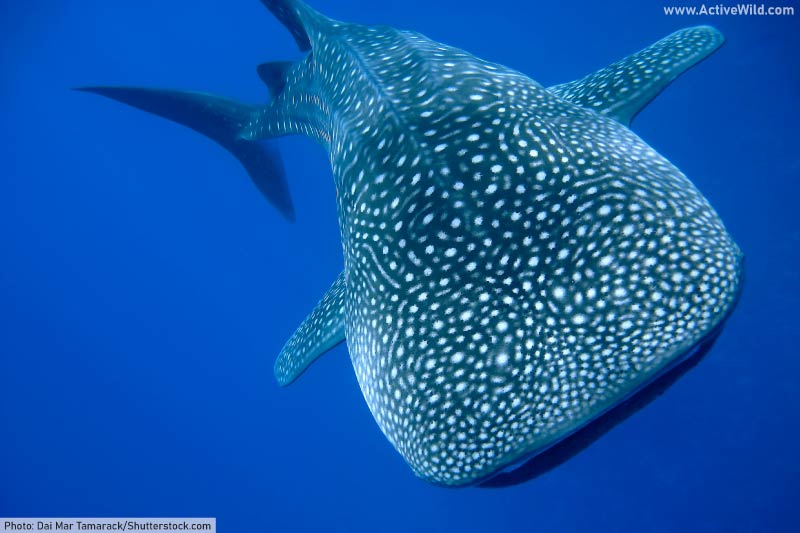
However, in the realm of sheer size, the whale shark takes a backseat to the magnificent blue whale. Picture this extraordinary marine mammal, not only the largest creature in the ocean but also the largest living organism to have ever graced our planet. With a majestic length that can stretch up to 24 meters and a weight of up to a mind-boggling 200 tons, the blue whale reigns supreme.
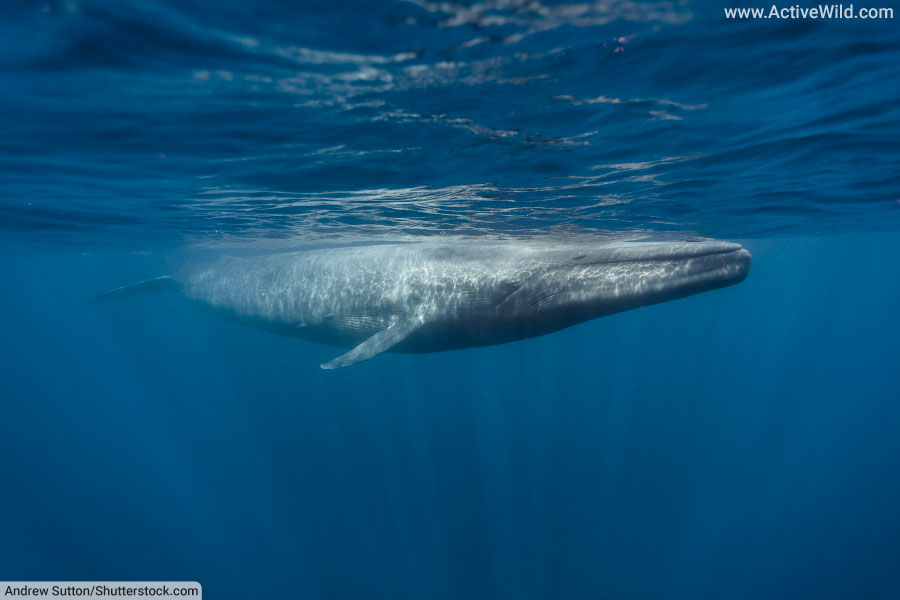
Prepare to be mesmerized by these oceanic giants, as they defy our imagination and demonstrate the astonishing wonders of the deep.
Importance of the Giant Sunfish in the Oceans
The discovery of the enormous giant sunfish highlights the thriving condition of our oceans, capable of sustaining the world’s largest creatures.
Sunfish play a crucial role in marine food webs as they traverse diverse areas for their sustenance. Juveniles hunt in coastal regions, while larger adults dive into deeper depths to find prey.
Due to their primary diet of jellyfish, sunfish significantly contribute to the ecosystem by regulating jellyfish populations and preventing excessive blooms.
Moreover, sunfish hold significant economic value for the tourist industry. The opportunity to encounter a sunfish is a major attraction for boat tours and scuba diving trips.
In popular destinations like the Galápagos Islands, dedicated sunfish tours have become common due to frequent sightings. Similarly, Bali has experienced a surge in scuba diving activities aimed at observing these fascinating creatures in recent decades.
An Extraordinary Connection
In 2010, researchers aboard a research vessel in the western Pacific Ocean made a fascinating observation. They witnessed a group of 57 ocean sunfish swimming together at the water’s surface, all aligned in the same direction.
Upon closer inspection, the scientists noticed the presence of Penella parasites on the skin of most sunfish. These parasites embed their heads into the fish’s tissue, leaving behind a trail of floating eggs. Surprisingly, several Laysan albatrosses were in the vicinity, and the sunfish seemed to be following them, possibly trying to catch their attention.
To the astonishment of the researchers, one albatross was observed removing and consuming one of the parasites from a sunfish. The activity attracted other albatrosses, who joined in the feast.
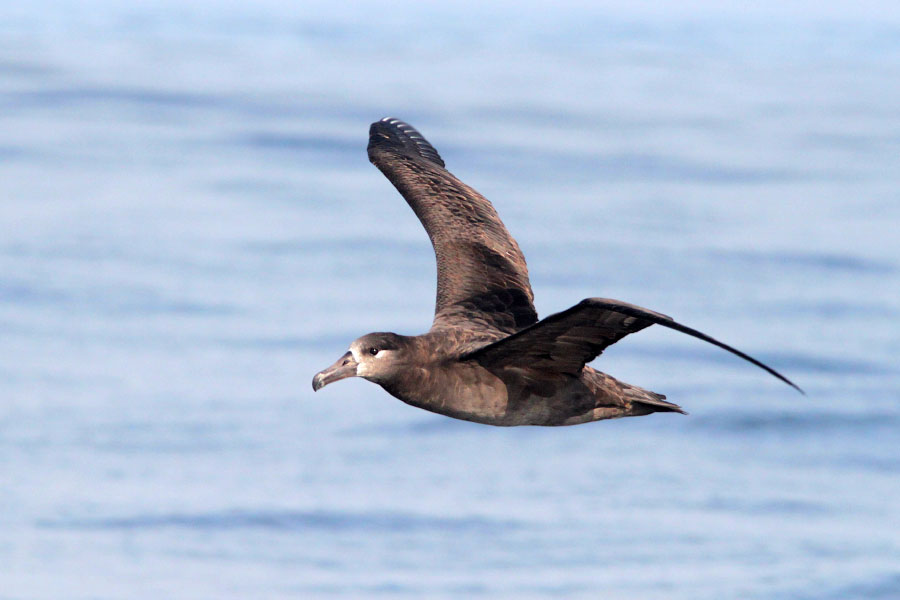
In 2005, a remarkable event was documented and captured in photographs. Six black-footed albatrosses were observed pecking at an ocean sunfish near the water’s surface. It is worth noting that this behavior had been witnessed before. The Black-footed albatross relies heavily on the parasite as its primary source of food. Therefore, it is reasonable to speculate that this symbiotic relationship is a frequent phenomenon. (Source)
A Stark Warning: The Discovery of the Largest Giant Sunfish Sheds Light on Ocean Health
The recent discovery of the largest giant sunfish provides valuable insights into the well-being of our oceans. However, this remarkable finding also raises concerns that demand our attention.
During the examination of the fish, scientists noticed a substantial bruise on its head, which contained traces of red paint commonly used to coat boat keels. The origin of this injury, whether it happened before or after the fish’s death, remains uncertain. Nevertheless, it serves as a stark reminder that enhanced management of shipping traffic holds great potential for safeguarding the lives of large marine animals.
The waters surrounding islands like the Azores are frequented by large cargo ships, posing significant threats to marine life due to ship strikes and pollution. Disturbingly, an estimated 20,000 whales and hundreds of sea turtles fall victim to ship collisions worldwide each year. These staggering numbers emphasize the urgent need for measures that address the dangers posed by shipping vessels.
Unveiling the Enigma of the Giant Sunfish
Numerous enigmas surround the remarkable giant sunfish, captivating scientists worldwide. Based on reports from fishermen, it is estimated that the species’ population ranges within a few thousand individuals, yet its conservation status remains unassessed.
In Australian fisheries, the giant sunfish has been designated as a high-risk bycatch species. Its close relative, the ocean sunfish Mola mola, has earned a vulnerable status by the IUCN due to alarmingly high bycatch levels. Astonishingly, around 340,000 Mola mola are caught annually in South Africa.
Despite its alternative name, the “Southern Ocean sunfish,” the giant sunfish is now known to inhabit both temperate and tropical oceans worldwide. Previous misconceptions regarding its distribution, coupled with the recent realization that it is a distinct species from the ocean sunfish, may have contributed to past misidentifications.
The scarcity of information surrounding the giant sunfish and other sunfish species leaves many crucial questions unanswered. The mysteries include their coastal movement patterns, dietary variations across different habitats, and the precise location and conditions of their spawning grounds.
Comprehensive research is imperative to fill the gaps in our knowledge and develop effective conservation strategies. Such endeavors are vital to ensure the continued thriving of these awe-inspiring species in the years to come.
